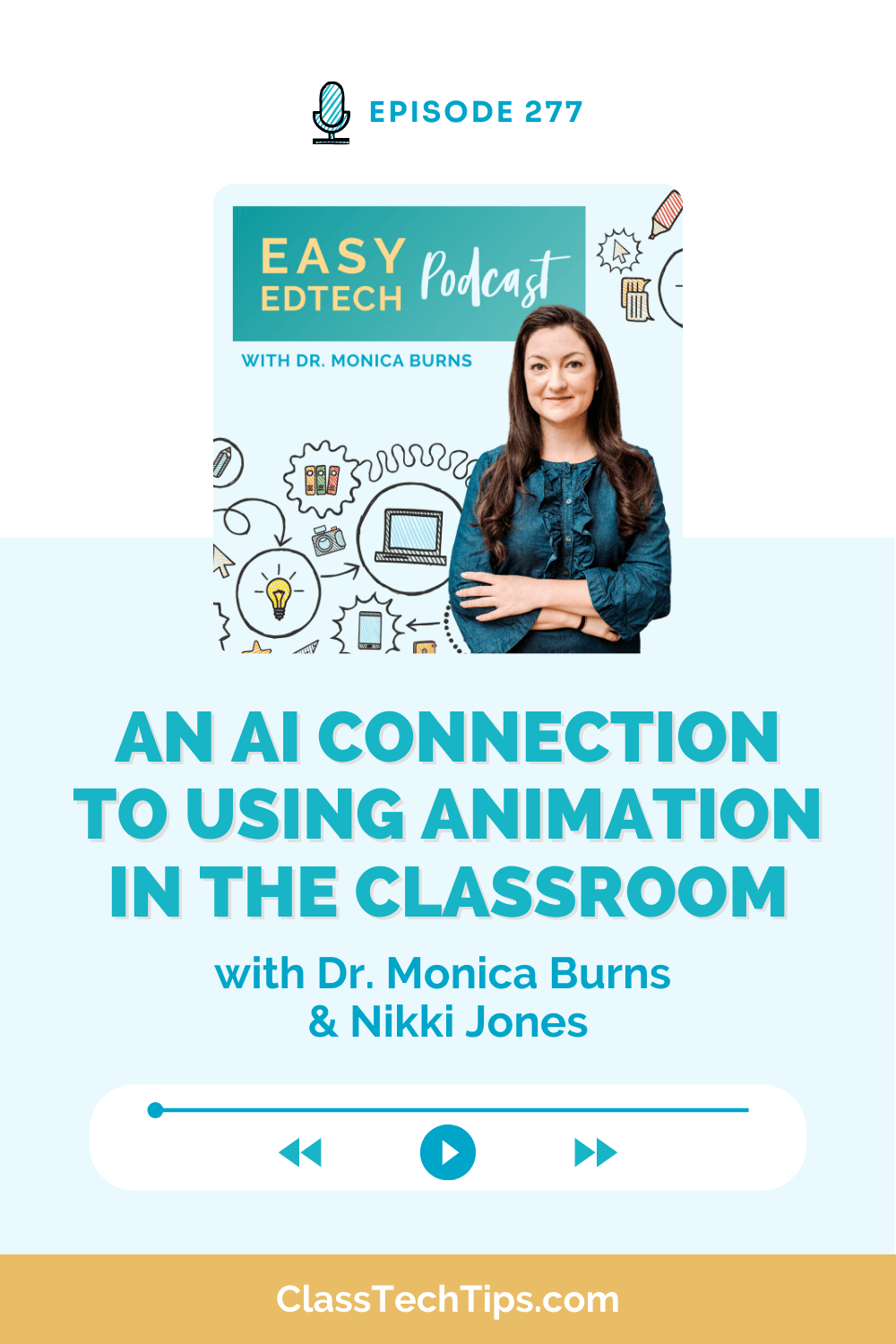This post is in partnership with Discovery Education. All opinions are my own.
Do you incorporate sustainability into your work with students? If you’ve attended an event with me before, you might have heard me share the story of the worms. As a classroom teacher, I had both an iPad cart and a compost bin in my classroom. In two different corners of the room, one box was full of 1,000 worms, and the other box had 30 iPads. I use the story to share how I worked to find a balance between digital experiences and hands-on experiences in my classroom.
Having taught in a magnet school with a theme of environmental stewardship, we often spoke about sustainability in our planning meetings, too. So when the team behind these two challenges reached out this fall, I was excited to tell you more about it.
To support educators in using project-based learning, CITGO Petroleum Corporation, Stanley Black & Decker, and Discovery Education introduce two student challenges. If you are looking for a way to address problem-solving, critical thinking, and collaboration, these challenges have you covered.
Let’s take a look at these two opportunities for students!
Student Challenge on Sustainability Problems
The CITGO Fueling Education Challenge is open for entries to middle schoolers, while the Stanley Black & Decker Making for Good Challenge is open to high school students nationwide. The goal of both is to showcase creative problem-solving and how it applies to real-world issues. Students can participate in these challenges on their own or with groups of their classmates to solve sustainability problems.
Fueling Education Challenge
With the CITGO Fueling Education Challenge, students can participate as individuals or groups of two to four. This challenge is for students in fifth through eighth grade who will identify a community problem. Once they have their community problem in mind, students will submit a one- to two-minute video. The video should also discuss a solution to the problem.
The challenge’s community problem and solution must align with one of the four United Nations Sustainable Development Goals listed here: safety and well-being, quality education, sustainable cities and communities, and life on land.

Entry details
- Closing Date: 3/22/2021
- Educators and parents can find complete instructions for entering the challenge, along with an entry checklist and a challenge storyboard to help students plan for their entry at FuelingEducation.com.
- Fueling Education Challenge prize descriptions are available on the website and include a Grand Prize, 2nd Place, 3rd Place and even a prize for the school with the most entries!
Making for Good Challenge
For the Stanley Black & Decker Making for Good Challenge, students can also work individually or in teams of two to four students. This challenge is for students in ninth through twelfth grade. Students are challenged to develop a unique product design solution that addresses an underserved societal or environmental need.
For their entry to the challenge, students must also submit a 60-90 second video that outlines their solution. The video should also include how their solution meets the need they are acting to solve.

Entry details
- Closing Date: 1/28/2021
- Parents can register students for the challenge at Innovation-Gen.com, and students can explore additional resources to help them organize, plan, and brainstorm for challenge entries.
Making for Good Challenge prizes include:
- Grand Prize: $15,000
- 2nd Place: $10,000 and a prize pack
- 3rd Place: $5,000 and a prize pack
Stanley Black & Decker also had a month dedicated to Makers earlier this year. You can learn more about it on this page.
Ready to get started with these challenges to address sustainability problems? Student participation in both challenges are supported by a suite of digital resources available at no cost to classrooms across the US. These resources make student engagement possible in an in-person or virtual learning environment. Learn more about each one by using the links above.







